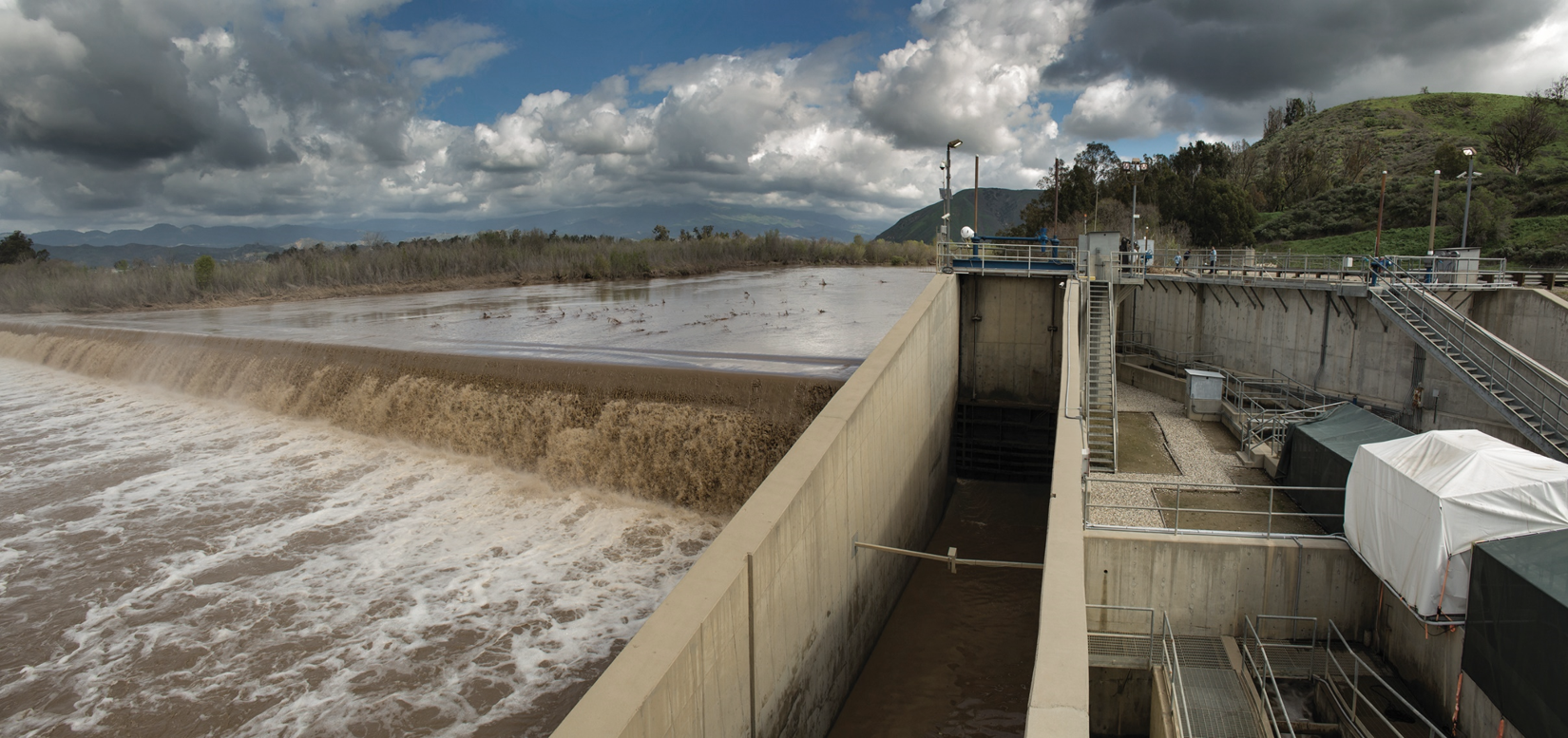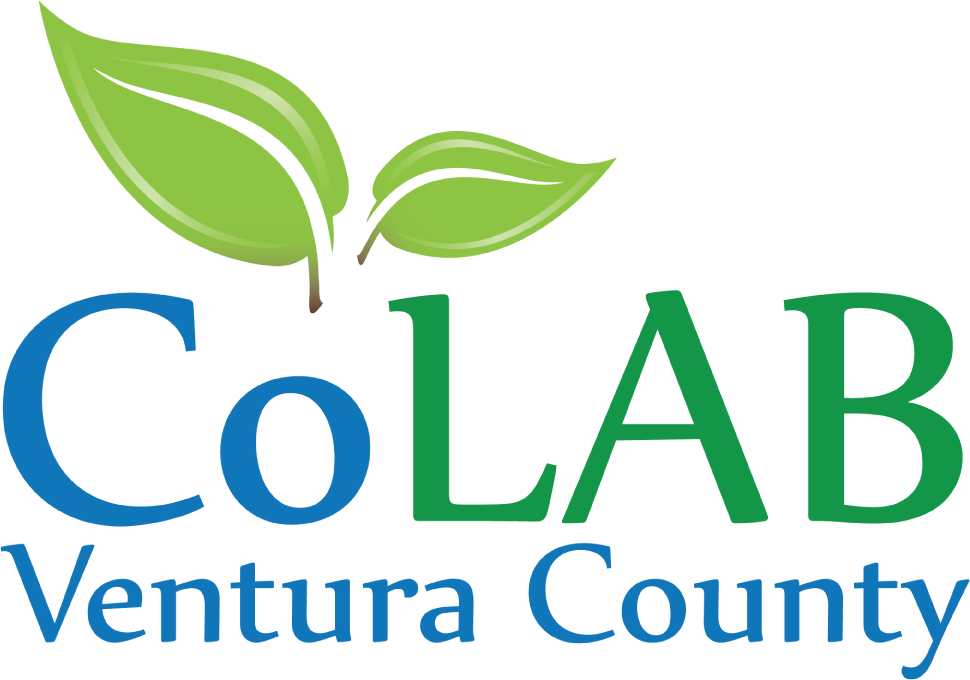Wishtoyo overstates claims in lawsuit against United

Environmental groups quickly declared victory in a recent U.S. District Court ruling over United Water Conservation District’s operations at the Vern Freeman Diversion. However, in spite of their claims, the ruling appears to have denied them many of their demands, while requiring United and the federal government to work more closely together to develop an alternative to the Freeman diversion structure on the Santa Clara River.
In the ruling by United States District Court Judge David Carter for the Central District of California, the court ruled that United’s operations at the Freeman Diversion were in violation of the Endangered Species Act’s prohibition on unauthorized take or irreparable harm to Southern California Steelhead, which have been listed as endangered since 1997. However, this ruling simply affirmed the reality of United’s obligations since 2008, when the National Marine Fisheries Service issued a biological opinion that the diversion was likely to jeopardize the continued existence of the steelhead in the Santa Clara River.
The Freeman Diversion facility is a critical component of Ventura County’s regional groundwater supply infrastructure. Since its construction in 1991, it has diverted an average of 60,000 acre-feet a year for groundwater recharge, replenishing the aquifers beneath the Oxnard Plain and slowing seawater intrusion beneath 50,000 acres of productive prime agricultural lands.
The water that UWCD diverts to recharge groundwater also benefits municipal users in the cities of Oxnard, Camarillo and Ventura, which have wells that draw on those aquifers. Over 377,000 people depend daily on the groundwater aquifers that UWCD recharges through the Freeman Diversion.
The stakes for finding a sustainable, long term solution for fish passage on the Santa Clara River are high. It is estimated that a 10,000 acre feet reduction in water diverted from the Santa Clara River would result in $91.1 million annual loss for the local economy from reduced crop production. Property values for farmland would subsequently decline, adding a further hit to the budgets of local governments.
In their lawsuit against United, the Wishtoyo Foundation tried to significantly restrict water diversions on the Santa Clara River by asking the judge to more than double the steelhead migration period from 4 months of the year to nearly 9 months. Wishtoyo also made demands that United base its water restricts on NOAA weather forecasts rather than more accurate physical measurements of stream conditions in tributaries to the Santa Clara River.
However, Judge Carter denied both of these demands, saying that the current water flow regime had been “fully vetted” by NMFS and developed in cooperation with United. In contrast, the judge ruled that Wishtoyo demand for a weather forecast trigger “has never implemented in the Santa Clara River” and expressed concerns about its “uncertainty with respect to forecasting accuracy.”
Wishtoyo also had demanded extensive modifications to the existing fish passage facilities on the Freeman Diversion while United and NMFS continued developing a permanent solution. The court denied these demands as well, declaring that the priority was developing “long-term structural changes to VFD’s fish passage infrastructure” rather than “short-term fixes.” The only modification the court granted was the installation of a DIDSON camera to monitor fish passage, a camera that United already owned.
Another demand the court struck down was the request for compensation from United to local Wishtoyo allies, including $6 million to Cal Trout and $1.1 million to Friends of the Santa Clara River. Judge Carter rejected these payments, saying that the projects these dollars would fund would not address the specific issues with the Freeman Diversion.
The Wishtoyo Foundation had also attempted to convince the court that United was harming the Southwestern Willow Flycatcher species with its operations on the Santa River. The judge denied injunctive relief in this effort, saying that in fact, United’s Freeman Diversion was “potentially creating a positive effect for Flycatcher habitat upstream” and future alternative fish passages “could potentially have a detrimental impact on Flycatcher habitat.”
The one area where Wishtoyo prevailed was the judge’s ruling that United complete design, evaluation and construction of an alternative fish passage to replace the Freeman Diversion.
By January 31, 2020, United must complete evaluations and 100% design of the two primary alternatives, a 400 ft. notch and a hardened ramp. Both of these had been analyzed by United and discussed with NMFS.
With the same deadline, United must complete analyses for two other alternatives, a vertical slot and a damless diversion in conjunction with an infiltration gallery.
The judge also ordered that United complete regulatory applications to four federal and state agencies for permits needed for the eventual construction of the project by June 30, 2020. And, “by no later than two years from receiving final regulatory approvals for a new fish passage infrastructure project, United shall complete construction of and commence operating such new infrastructure.”
While the timeline prescribed by Judge David Carter is aggressive, the decision seems to be even handed, taking one more step in an increasingly productive process for developing a sustainable and long term solution for water diversions on the Santa Clara River. A positive outcome for this process will be critical for the future of farming in Ventura County, and CoLAB members will continue to participate cooperatively in the process.

